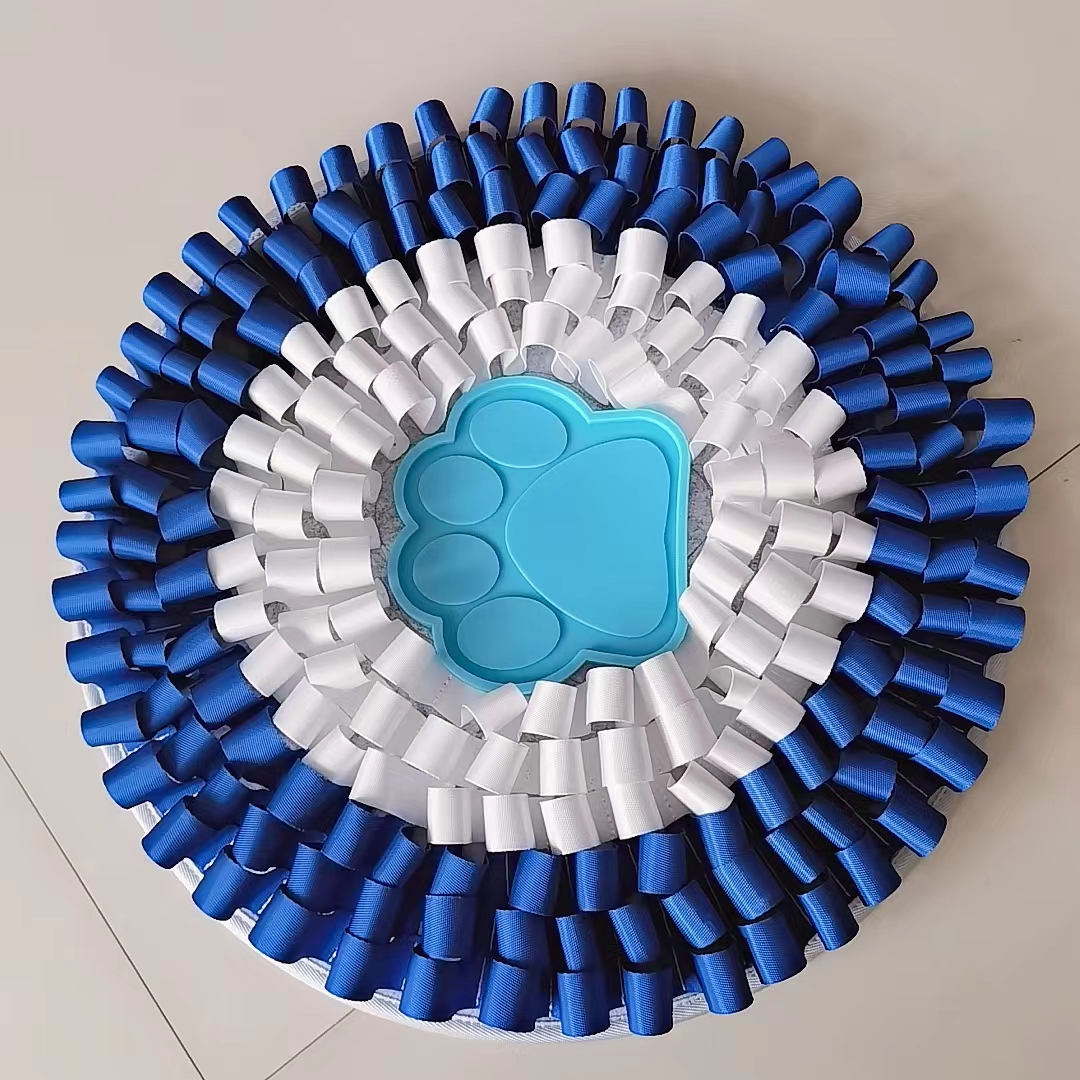Acoustic Panels for Studio Recording Enhancing Sound Quality and Control
In the realm of music production, sound quality is paramount. Whether you are an aspiring musician, a seasoned producer, or a hobbyist looking to create the perfect mix, the environment where you record and produce sound plays a crucial role in the final output. One of the most effective solutions to control sound reflections and enhance audio clarity in a recording studio is the use of acoustic panels.
Understanding Acoustic Panels
Acoustic panels are specialized soundproofing materials designed to absorb sound waves rather than allowing them to bounce off hard surfaces. These panels are typically made from soft, porous materials, such as fiberglass, foam, or mineral wool, which can effectively reduce echoes, reverberation, and unwanted background noise in a recording space. By strategically placing acoustic panels, sound engineers can create a controlled environment that allows for clearer recordings and improved mixing quality.
The Importance of Sound Control
In any recording session, sound control is essential for achieving an ideal audio balance. When sound waves hit hard surfaces like walls, floors, and ceilings, they create reflections that can interfere with the original sound source. This interference can muddle vocals and instruments, leading to a recording that lacks clarity and definition. By incorporating acoustic panels, you can minimize these reflections, allowing each sound to be captured more accurately and effectively.
Types of Acoustic Panels
There are various types of acoustic panels available, each serving different purposes and offering varying aesthetics. Some common types include
1. Absorption Panels These panels primarily absorb mid to high frequencies, reducing echoes and improving vocal clarity. They are often used in vocal booths and studios.
2. Bass Traps Specifically designed to deal with low-frequency sounds, bass traps are thicker panels placed in corners of a room. They help mitigate muddiness caused by bass frequencies by absorbing excess low-end energy.
acoustic panels for studio recording

3. Diffusion Panels Unlike absorption panels, diffusion panels scatter sound waves to create a more balanced sound field. They can help maintain the liveliness of a room while still controlling unwanted reflections.
4. Portable Acoustic Panels Ideal for musicians on the go, portable panels can be set up and dismantled easily, allowing for sound control in various environments.
Placement of Acoustic Panels
The effectiveness of acoustic panels largely depends on their placement within the recording studio. A general rule of thumb is to identify primary reflection points, which can be determined by sitting in the recording position and having someone speak or play an instrument in front of a hard surface. You can use a mirror to find these points; where you can see the sound source in the mirror is often where a panel should be placed.
Typically, panels should be installed on the first reflection points on the side walls and above the mixing area. Additionally, placing bass traps in the corners helps to enhance low-frequency control.
Aesthetic Considerations
While the primary function of acoustic panels is sound control, they can also contribute to the aesthetic of a studio. Acoustic panels come in various colors, textures, and designs, allowing studio owners to choose options that match their creative space. Customization options mean that you can create a visually appealing environment that inspires creativity while ensuring optimal acoustics.
Conclusion
In conclusion, acoustic panels are an essential investment for anyone serious about studio recording. By effectively controlling sound reflections, improving clarity, and reducing unwanted noise, these panels can elevate the quality of recordings significantly. Whether you are setting up a professional studio or creating a home music space, incorporating acoustic panels into your design is a step towards achieving a polished and professional sound. With the right materials and placement, you can transform your recording environment from ordinary to extraordinary, ultimately enhancing the creative experience of making music.
